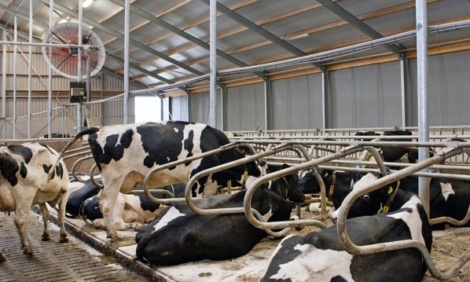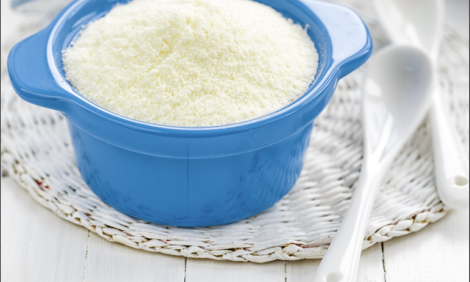



Mineral supplementation reduces cattle exposure to heavy metal contamination
Researchers have solution to lead exposure in cattle in abandoned mining districtsActivities extraction of toxic and persistent metals such as lead (Pb) have left a legacy in Spain of pollution in the form of hundreds of abandoned dumps in former areas dedicated to metal mining. This contamination affects the waters, soils and pastures of what today are, in many cases, natural spaces dedicated to other uses.
The repercussions of this inherited environmental problem, which has its origin in the absence of laws and restoration or rehabilitation plans in the field of mining in the past, are especially worrying in former mining districts whose territory is currently devoted to extensive cattle breeding and production.
Animals that graze in contaminated areas incorporate the toxic metal into their metabolism through their diet. When Pb reaches the gastrointestinal tract, a part – the bioavailable fraction – passes into the bloodstream and accumulates in organs and tissues. It not only implies that exposed animals can suffer the toxic effects of Pb, but also that they can accumulate it in meat and milk with the health risks for livestock and food safety that this entails.
The exposure of cattle to mining contamination is a more common situation than most would like, both in Spain and in other countries around the world. In Spain, there are several areas where the old metal mining has left a legacy of contamination by potentially toxic metals in water, soil and pastures.
The solution to this invisible environmental threat could consist of removing contaminating residues or preventing livestock from accessing them. However, in many former mining districts, the area of land affected by contamination after such a long period of neglect is so extensive that the adoption of any of these measures would be practically unfeasible, especially due to the very high costs that they would entail.
Faced with this situation, the Wildlife Toxicology Group of the Instituto de Investigación en Recursos Cinegéticos (IREC – CSIC, UCLM, JCCM), that carries more than 15 years studying the problems associated with metal contamination in old mining districts, is investigating an easy-to-use and low-cost alternative to minimize the exposure of livestock to Pb contamination: the use of nutritional supplements.
With a study vitro previously developed by this team of ecotoxicologists, 12 different types of commercial mineral blocks were tested, finding that one of them, particularly rich in phosphate and calcium carbonate, considerably reduced the solubility of Pb in the gastric and intestinal phases of a digestive simulation.
The road to an effective and low-cost nutritional strategy to minimize the exposure of cattle to mining contamination had begun, and the next step was to check, through a field experiment with sheep living in contaminated areas, if the observed effect vitro on the solubility of Pb was produced in vivo about its bioavailability.

To do this, the scientists carried out three complementary experiments, developed sequentially, with groups of sheep of different sex and age exposed to different degrees of Pb contamination in the soils of a cattle farm in a mining area, without altering the usual management carried out by the farmers of the farm.
Throughout the experiments, in which they played with various combinations of absence and presence of the mineral block, the scientists took blood and stool samples to evaluate the effect of mineral supplementation on exposure to Pb in each scenario, as well as its impact on various biomarkers of effect at the blood level.
The results showed that the supplementation with a mineral block rich in phosphate and calcium carbonate is capable of significantly reducing oral exposure to Pb under real field conditions, especially in young sheep exposed to relatively high levels of soil contamination. In addition, mineral supplementation improved the antioxidant status of these sheep, increased its physiological capacity to counteract Pb toxicity.

Phosphate and calcium carbonate can react with Pb at the gastrointestinal level and form insoluble chemical complexes, so that “they kidnap it”, reducing its absorption at the gastrointestinal level – its bioavailability – and increasing its excretion through, mainly, feces.
However, the relationship between blood Pb levels and the rate of excretion through feces in response to nutritional supplementation did not follow a similar pattern in all scenarios, suggesting that Various factors – such as age, sex, degree of exposure to pollution or mineral supplementation itself – can condition Pb metabolism, affecting its toxicokinetics and favoring (for example) its accumulation in the bones or its elimination from the body through other routes of excretion, such as urine.
Although more research is required, knowing the effect that mineral blocks can have on the bioavailability of Pb in real field conditions provides fundamental clues that can be aimed at formulating compositions of mineral supplements adapted to the needs of each farm. Since mineral supplements are commonly used to improve animal production and health, their use appears, therefore, as an easy and cost-effective tool for also combat exposure to toxic metals such as Pb in livestock in areas affected by mining contamination.


